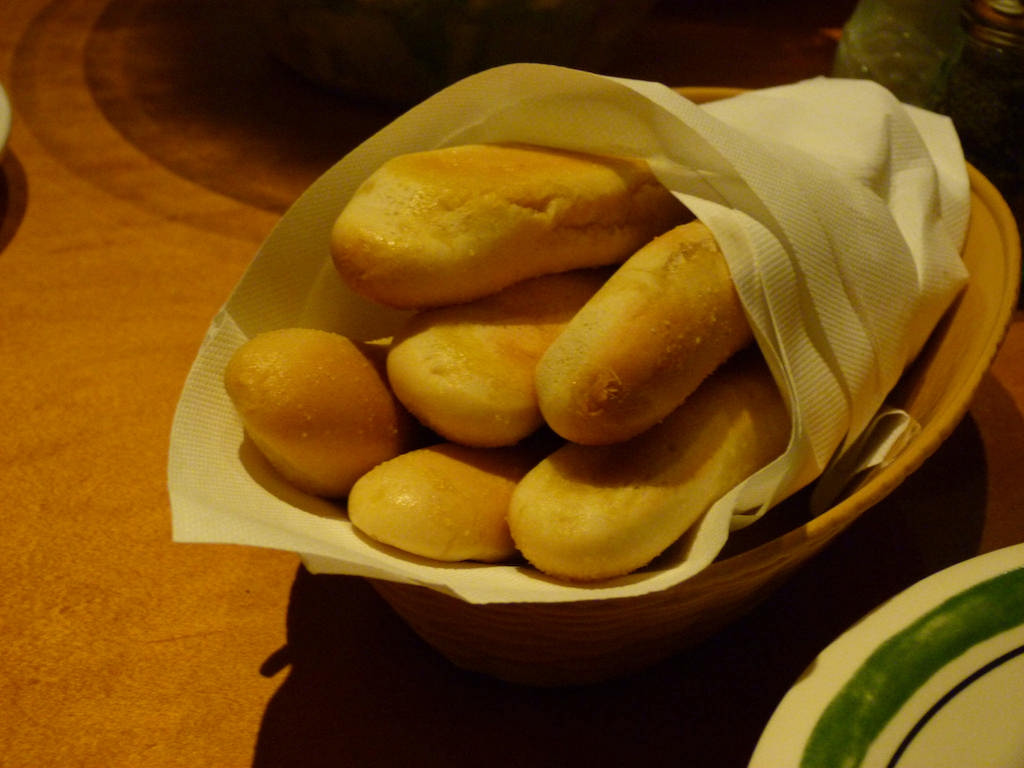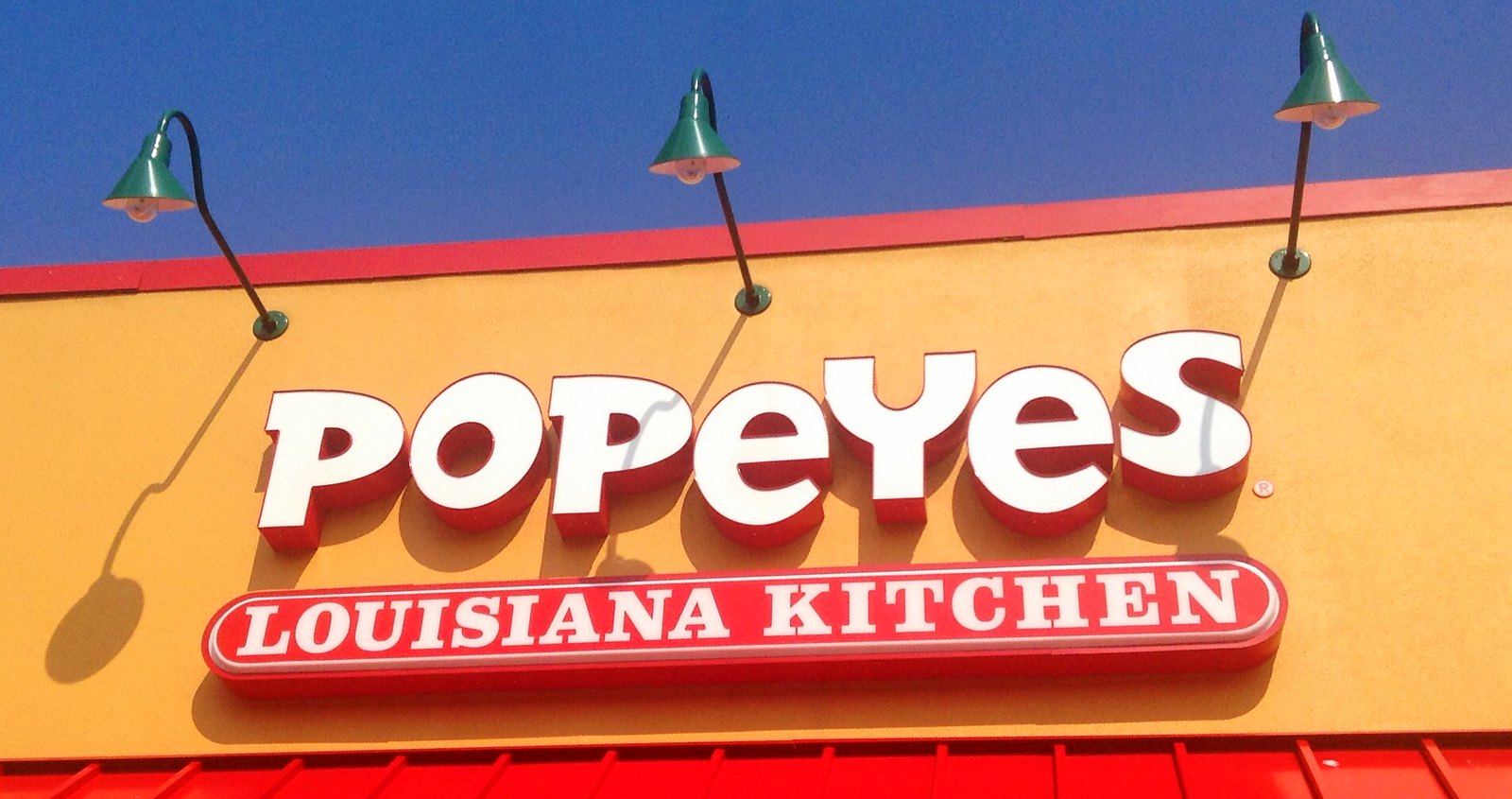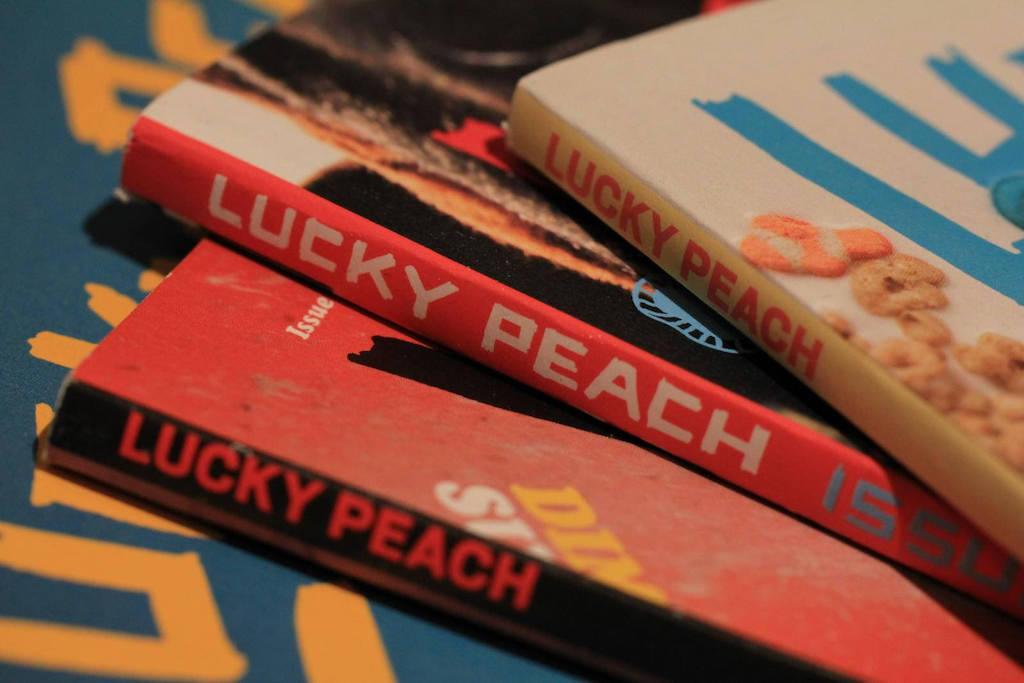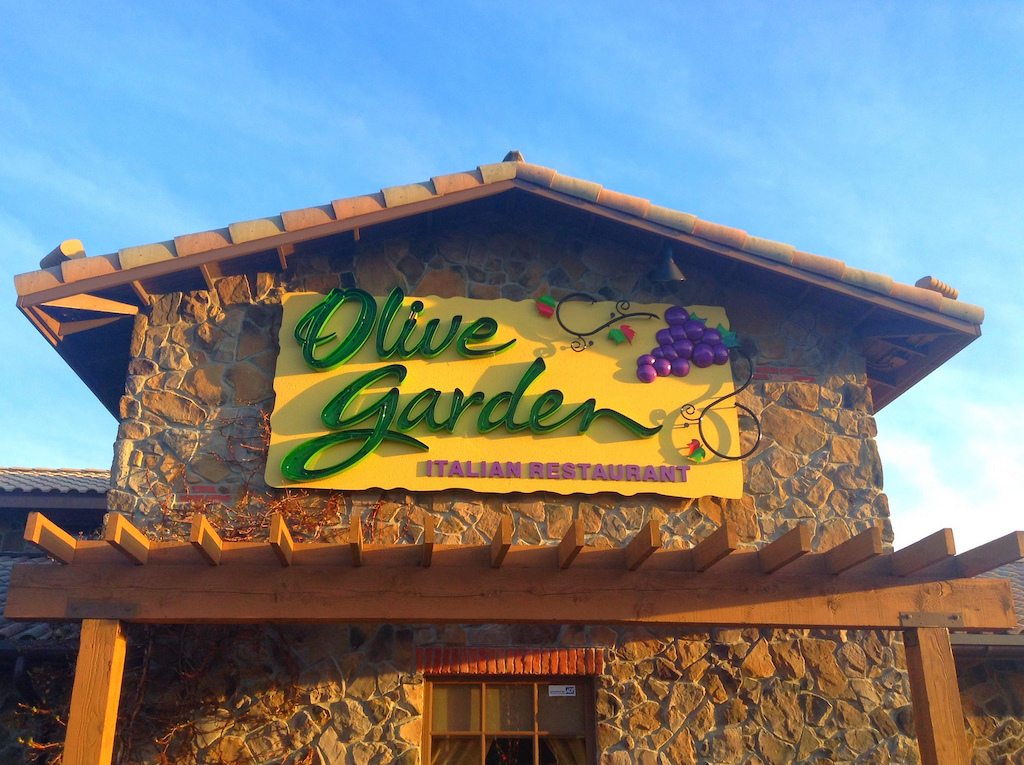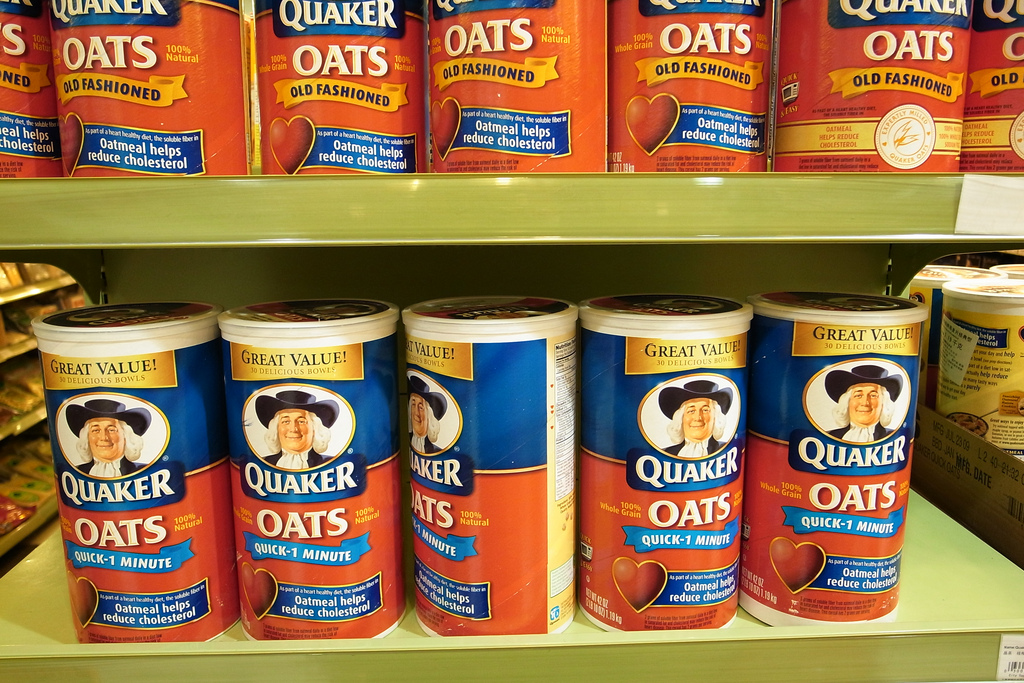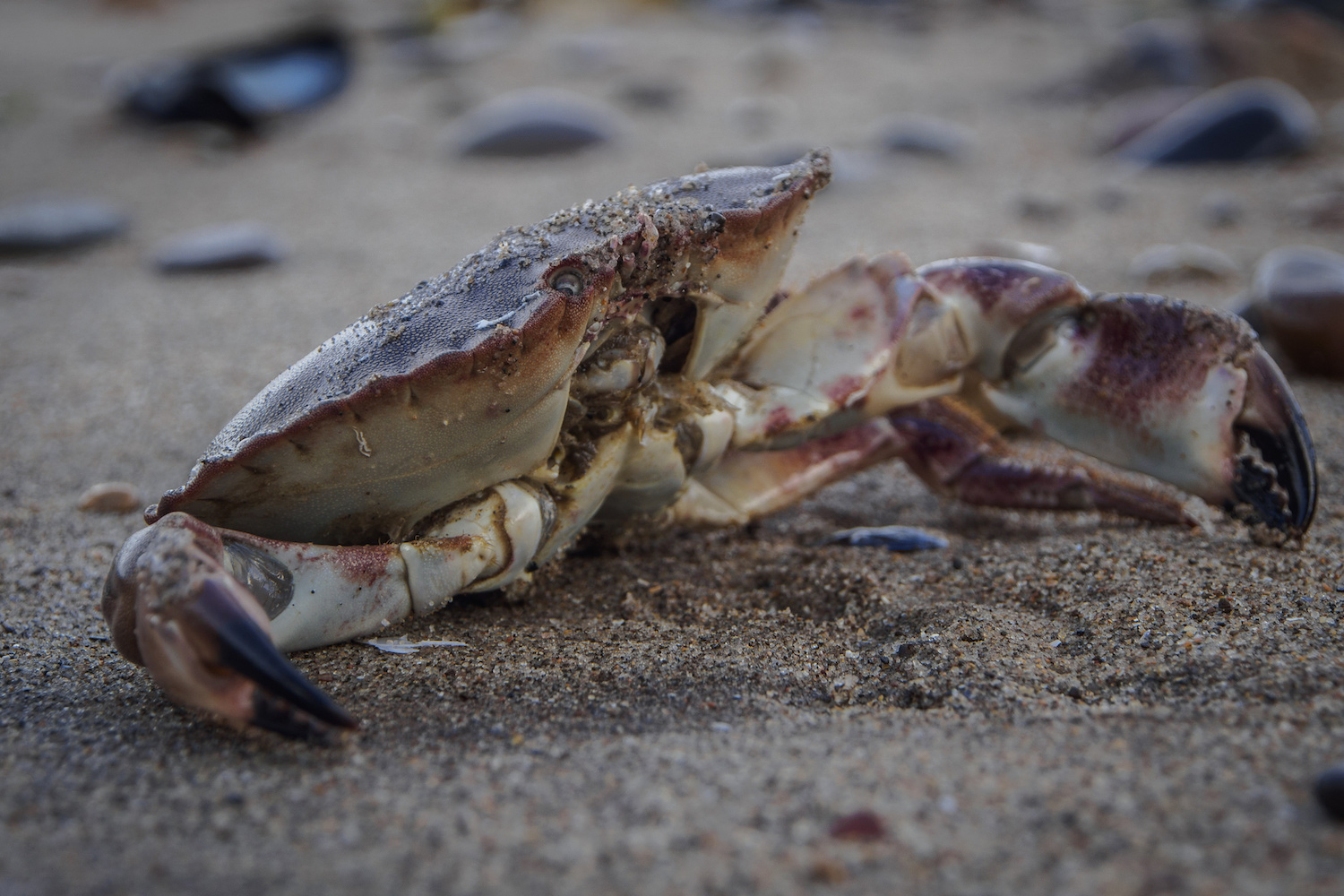This is the web version of a list we publish twice-weekly in our newsletter. It comprises the most noteworthy food stories of the moment, selected by our editors. Get it first here.
Not a rosé picture. It’s not your imagination—shitty rosé has infiltrated wine lists at restaurants and bars that should know better, sommelier Victoria James writes for Bon Appetit. (Guess that means your friends who served it at their barbecue get a pass?) According to James, some of this “big-brand pink swill” may be made from rotten or low-quality grapes or red wine byproducts and dyed to resemble the small-batch stuff. How do promoters get away with it? By paying restaurants and bars—covertly or overtly—to put it on the menu. “We call it pay to play,” she writes. “Someone straight-up offered me $5,000 to feature their watery, tasteless rosé for the summer season.” Talk about a recipe for a hangover.
Just the facts. The Washington Post has fact-checked some big, bi-partisan tweet-claims about America’s tariff tit-for-tat with China. North Dakota’s Democratic Senator Heidi Heitkamp’s since-deleted tweet that said grain farmers have “already lost” $13 billion to the trade tangle? She was referring to a swing in soy futures—not a loss of sales, which won’t happen until the harvest. (Prices have dropped further—and risen higher—since.) President Trump claiming “farmers have been on a downward trend for 15 years”? Hardly. Income has been down for five years in a row, but that’s due more to bumper crops than to “bad (terrible) Trade Deals.”
Let us break bread(sticks). Now’s as good a time as any, we suppose, to discuss the origins of Olive Garden’s signature breadsticks and whether they are more American, Italian, or somewhere in between. Thrillist detangles their history in several anecdotes, including the breadstick’s significance to 17th-century Italian royalty. Then the story makes a beeline for the 1980’s, a time when Italian-American cuisine became more American than Italian and associated with cheap, large-portioned dairy- and wheat-based dishes. From there, we abandoned the red-sauce joints of old in favor of a new cultural fascination with “Tuscan-style” cuisine centered around vegetables, seafood, and olive oil. So, while OG breadsticks may be inauthentic, they’re right in line with the way we’ve Americanized Italian foods for more than 100 years. Though, the chain’s warm, garlic-y, parmesan-dusted freebies do apparently have a hold on us: It serves more than 500 million of its infamous carb swords a year.
Mr. DNA, where’d you come from? The Washington Post’s Caitlin Dewey reports from Roseville, Minnesota, where scientists are gene-editing soybeans to have fewer trans fats, and farmers are growing the crops to be crushed into “healthier” soybean oil. When the United States Department of Agriculture (USDA) rolls out the much-ballyhooed “bioengineered” label, companies like Calyxt—the subsidiary of a French pharmaceutical firm that’s developing these oilseeds—probably won’t have to disclose to the public what they’re doing, since scientists argue that gene editing, which doesn’t typically involve inserting foreign genetic material, is different from genetic modification.
